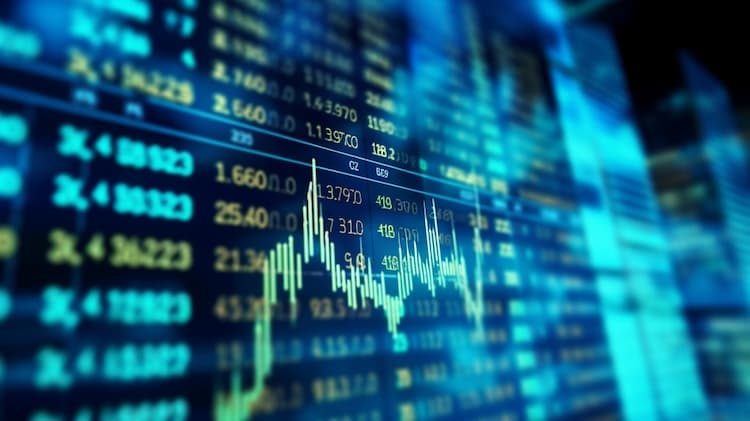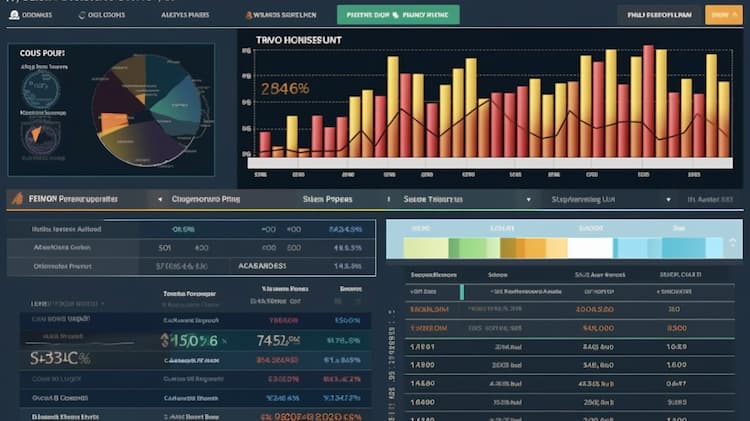
ICLN VS TAN: A Comprehensive Comparison of ETFs
Exchange-Traded Funds (ETFs) have become increasingly popular for investors seeking exposure to specific sectors, such as clean energy. In this article, we will conduct a comprehensive comparison between two prominent clean energy ETFs: ICLN (iShares Global Clean Energy ETF) and TAN (Invesco Solar ETF). We'll delve into various key aspects, including ETF tickers, full names, issuers, sectors, top holdings, capitalization, strategy, tracking, and exposure.
ICLN VS TAN: Overview
ICLN and TAN are both ETFs focused on the clean energy sector, but they have differing approaches to capturing the potential of renewable energy. ICLN provides global exposure to various clean energy sources, while TAN narrows its focus to the solar energy industry. This divergence in focus results in distinct risk and return profiles, which we'll explore further in the following sections.
ICLN VS TAN: Sectors and Top Holdings
The ICLN ETF is designed to capture the broad spectrum of clean energy, including renewable energy producers, equipment manufacturers, and technology developers. Its top holdings include companies like Enphase Energy, Plug Power, and Vestas Wind Systems. In contrast, TAN focuses exclusively on solar energy, with top holdings such as SolarEdge Technologies and First Solar. Understanding these sectors and holdings is crucial for investors aiming to align their portfolios with specific segments of the clean energy market.
 ICLN overlap ICLN VS TAN: A Comprehensive Comparison of ETFs
ICLN overlap ICLN VS TAN: A Comprehensive Comparison of ETFs
ICLN VS TAN: Capitalization and Strategy
ICLN boasts a substantial asset under management (AUM), reflecting its popularity among investors interested in the clean energy revolution. Its strategy involves targeting companies involved in producing and advancing clean energy technologies. TAN's strategy centers on the solar energy industry, seeking to provide exposure to companies that manufacture solar components and offer solar solutions. Investors must consider the differences in capitalization and strategy to make informed decisions about potential risk and reward.
ICLN VS TAN: Tracking and Exposure
ICLN tracks an index that includes global companies engaged in various clean energy activities, such as wind, solar, and hydroelectric power. This diverse exposure aims to capture the growth potential of the entire clean energy sector. On the other hand, TAN focuses exclusively on solar energy companies, aiming to reflect the performance of the MAC Global Solar Energy Index. Understanding these tracking methods and exposure strategies is essential for selecting an ETF that aligns with investment goals.
Conclusion
ICLN and TAN are distinctive ETFs that cater to investors with specific preferences within the clean energy sector. To gain deeper insights into their holdings, correlations, overlaps, and more, ETF insider provides an invaluable tool for exploration. With its user-friendly app, ETF insider offers comprehensive details on these and other financial instruments, empowering investors with the information they need to make informed decisions.
Disclaimer: This article does not provide any investment advisory services.
Sources:
ICLN ETF issuer
ICLN ETF official page
TAN quote and analysis
Discover the top holdings, correlations, and overlaps of ETFs using our visualization tool.
Our app allows you to build and track your portfolio.
To learn more about the TAN Invesco Solar ETF, access our dedicated page now.





